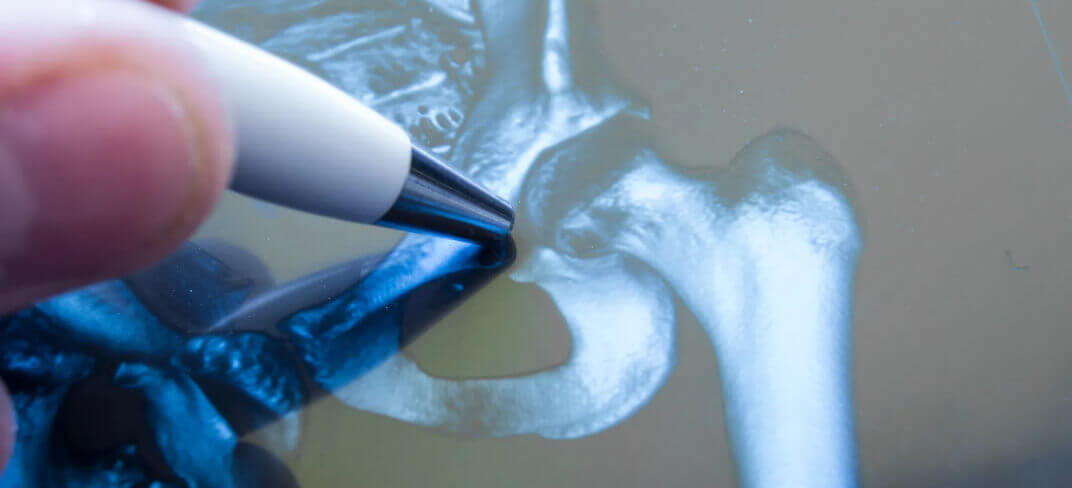Hip Replacement: Minimally Invasive Anterior Technique. Interview with Dr. Garro.

The AMIS (Anterior Mini-Invasive Surgery) technique represents a revolution in hip surgery. This method, which involves an anterior approach for hip replacement surgery, offers numerous advantages over traditional techniques. We discuss this with Dr. Luca Garro, a highly experienced orthopedic surgeon specializing in hip and knee prosthetic surgery, and a specialist in Orthopedics and Traumatology at UPMC Salvator Mundi International Hospital. Dr. Garro details what the AMIS technique entails, the benefits it offers surgeons, and the significant advantages for patients.
Dr. Garro, what is the main characteristic of this type of surgery?
The hallmark of the AMIS technique is the ability to preserve the surrounding muscle tissue of the hip entirely intact. The surgeon implants the new joint by passing through a natural interval existing between the muscles, thus avoiding damage to muscle tissue.
Who can undergo this type of surgery and under what circumstances?
Although more common among elderly individuals, there is no specific age limit for hip replacement surgery. The specialist will choose the technique based primarily on the patient's overall health conditions. Generally, the minimally invasive technique is ideal for patients considered young for this type of surgery, typically under 65 years old, and is most suitable for patients between 30 and 40 years old.
Are there similar risks with this technique as with traditional surgical procedures?
Traditional approaches carry potential risks of damaging muscles, leading to partial or total loss of muscle function, as well as the risk of prosthetic dislocation due to the loss of the muscular wall surrounding the joint.
What are the advantages of hip replacement performed with minimally invasive anterior approach?
There are multiple advantages for patients, starting with the elimination of the need for transfusions due to minimal blood loss. As seen, the AMIS technique preserves muscle tissue 100%, meaning that within hours after surgery, the patient is up and walking steadily on their own legs. Post-operative pain is significantly reduced, resulting in less use of painkillers, and recovery times are faster: in just over a month, patients can return to their daily activities.
How soon after the surgery can one resume sports activities?
Younger patients can return to controlled sports activities that do not involve potentially traumatic physical contact after about 6 months. The Hip Society, the global society for hip surgery, specifically suggests activities such as tennis, golf, cycling, swimming, or jogging on soft surfaces.
Can the minimally invasive AMIS methodology be used on elderly patients?
Absolutely, the AMIS technique is also suitable for older individuals, as it avoids prolonged bed rest and potential muscle atrophy.
Learn more about the orthopedic services at UPMC Salvator Mundi International Hospital.